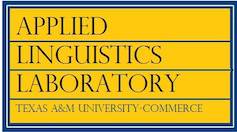"To be able to understand each other": Intercultural interactions in the Arabic–Hebrew-speaking preschool in Israel
DOI:
https://doi.org/10.21283/2376905X.11.196Keywords:
EARLY LANGUAGE LEARNING, INTERCULTURAL INTERACTIONS, BILINGUALISM, INTERACTIONAL COMPETENCIESAbstract
This ethnographic study expands prior understanding of the intercultural encounter process by focusing on 29 Jewish and Arab children attending bilingual preschool and two preschool teachers during 16 class sessions. The findings shed light on a developmental stage at which the seeds of intercultural interaction begin to appear along the separation between Arab and Jewish children in terms of their social preferences. The presence of second language (L2) experts in the classroom prompted the formation of two groups based on children’s bilingual competence, an experts’ group and a novice one. On the one hand, some experts positioned themselves as competent bilinguals and teachers, willing to assume the role of L2 mediators and interpreters. On the other hand, the relative L2 competence prompted novice learners to be flexible and go beyond their ethnic identity in order to establish new social relationships. The data show that the process of L2 acquisition might play a catalytic role in activating a social mechanism for intercultural interaction and that, despite differences in the patterns of social adaptation, all children showed developmental intercultural changes.
Downloads
Published
How to Cite
License
Copyright (c) 2020 Ludmila Krivosh

This work is licensed under a Creative Commons Attribution 4.0 International License.


